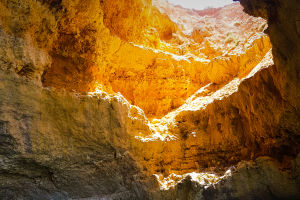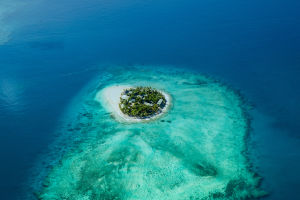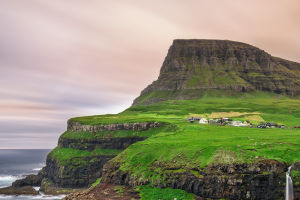When speaking of iconic photographs with reflection, images of snow-capped mountains mirrored in quiet lakes often come to mind.
To create such stunning reflection effects in landscape photography, specific equipment, and techniques are crucial.
Let's explore the key elements for successful reflection shots.
Necessary equipment:
1. Wide-angle lens: A wide-angle lens has a wider view, capturing more of the scenery and working especially well for taking photos of rolling mountains and breathtaking reflections.
While other lenses can still produce good results, using a wide-angle lens is highly recommended for reflection photography.
2. Filters: Filters like polarizers, gradient filters, and ND filters are practical tools for shooting reflections on water surfaces. Polarizers help reduce reflections on the water, gradient filters balance the light levels, and ND filters assist in creating captivating long exposure shots.
By using these filters, we can effectively handle challenges like too much sunlight and overly bright areas in the picture.
3. Tripod: A tripod provides stability to the camera and prevents shakes, which is essential for capturing long exposure shots and maintaining focus in landscape photography.
Techniques for Reflection Photography:
1. Calm water conditions: To get crystal-clear reflections with defined water edges, it's crucial to shoot in peaceful waters without ripples or waves. The best results come when choosing a time without wind to capture the scene.
2. Utilizing lighting: Making the most of lighting conditions is essential. Shooting during midday with harsh contrasts can cause a loss of details in the picture. It's better to shoot in the evening or early morning when the light is softer, creating captivating reflections.
Sunrise and sunset are also fantastic times, as the sunlight reflects beautifully on the water, providing a serene and smooth surface for reflections.
3. Thoughtful composition: Reflection photography often uses symmetrical compositions to showcase the beauty of lakes and mountains. Keeping the picture level is essential to maintain a sense of balance in the photo.
4. Small aperture for detail retention: In landscape photography, using a small aperture (represented by higher f-numbers like f/16 or f/22) is common, and the same applies to capturing reflections.
A smaller aperture retains more details in the foreground and background, resulting in sharp and vivid images. While larger apertures can create a beautiful bokeh effect, they may sacrifice some details in the image.
Reflection photography offers a captivating and almost magical approach to landscape shots. The reflections of snow mountains in lakes can create awe-inspiring and fantastical images.
By using the right equipment, understanding essential techniques, and capturing the perfect lighting conditions, photographers can master the art of capturing stunning reflections in their landscape works.


